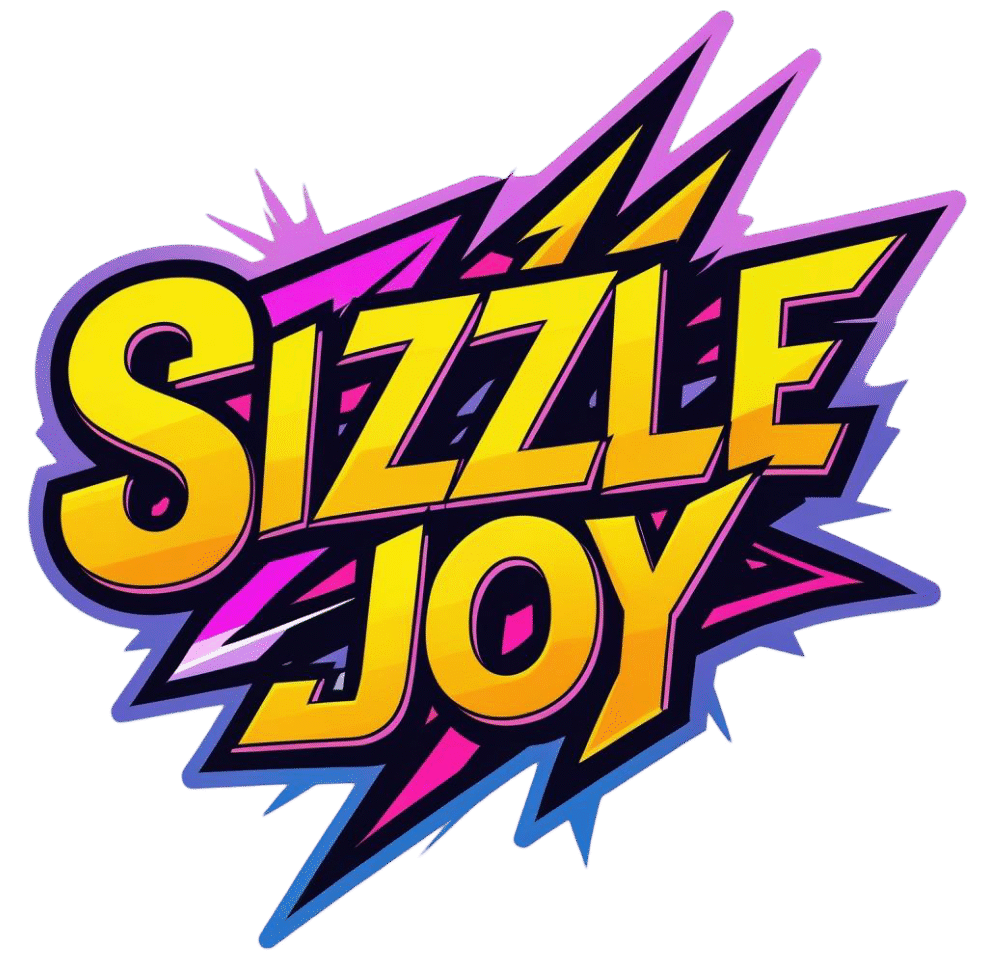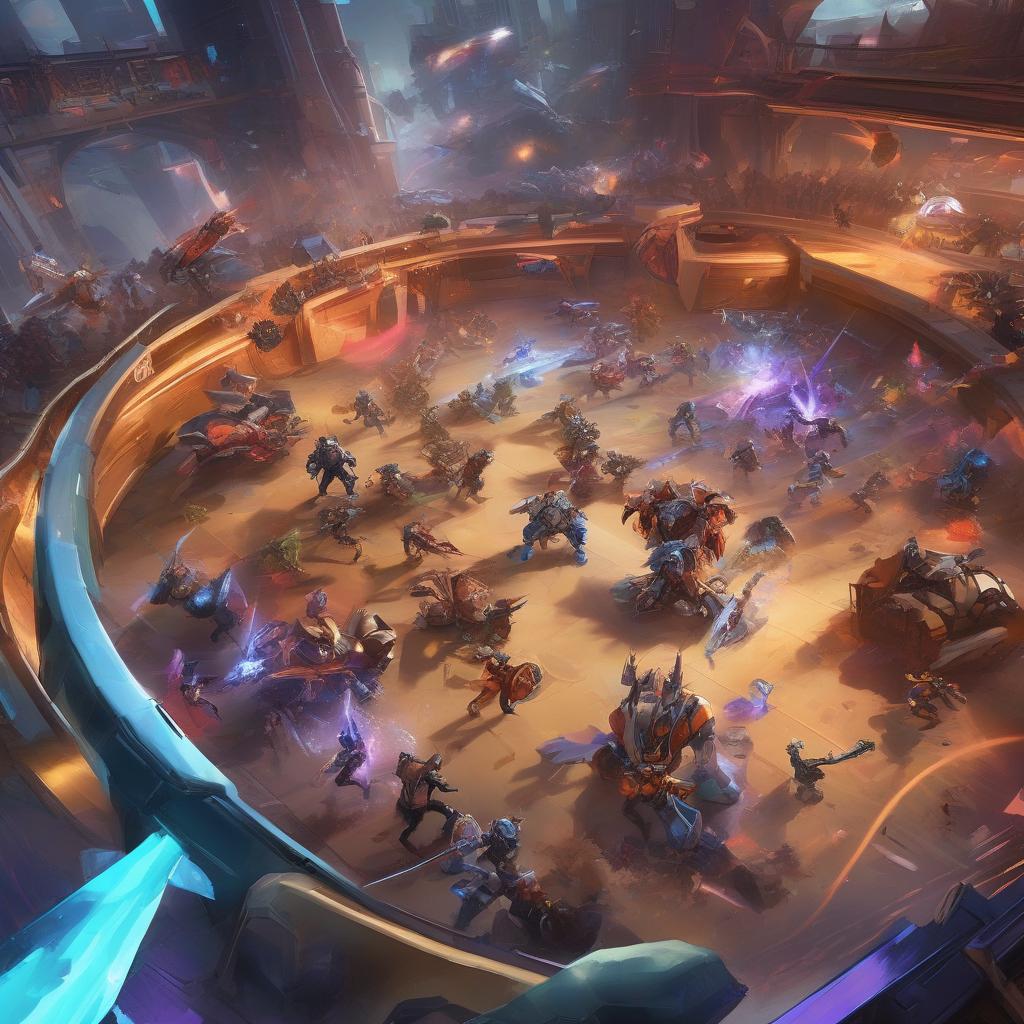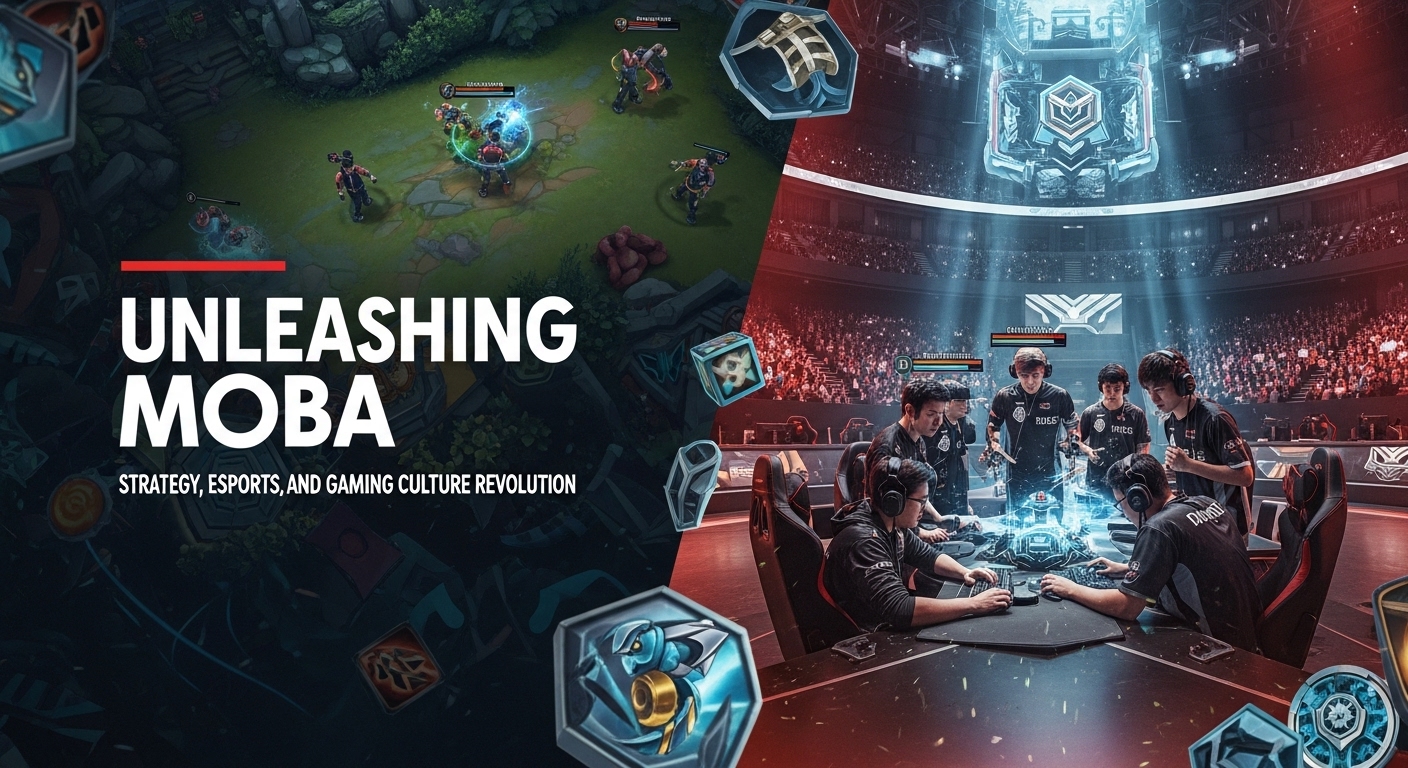So, MOBA games, huh? You’ve probably heard the term thrown around in gaming circles or maybe seen it flash across your screen during a Twitch stream. Multiplayer Online Battle Arenas—MOBA for short—represent a genre that’s kind of transformed gaming. You know, those intense, strategic matches where two teams battle with the aim of demolishing the other’s base. Maybe you’ve even tried your hand at games like League of Legends or Dota 2. They’ve crafted quite the community, and it’s fascinating how they’ve shaped gaming culture.
The Rise of MOBA Games
It all really picked up speed in the late 2000s, but the roots go further back. We’re talking about a genre that grew out of custom maps from real-time strategy games. Crazy, right? These custom maps transformed into something more, leading to an eventual explosion in popularity. I mean, the way these games seamlessly blend strategy, teamwork, and real-time combat is something else.
The rise of the MOBA genre also has a lot to do with esports. These games have become a staple in competitive gaming. Tournaments with massive prize pools, like The International for Dota 2, pull in millions of viewers. If you’re curious about how this phenomenon came about, check out this Forbes article that dives deep into the impact of MOBAs on the gaming industry.
The Gameplay Mechanics
At the heart of a MOBA, you’ve got two opposing teams, usually five players each. The goal is simple in theory, but oh boy, does it get complex in execution. Destroy the enemy’s main structure, often referred to as the Nexus, Ancient or Core, depending on the game.
- Heroes/Champions: Each player controls a single hero or champion with unique skills. The variety of these heroes adds layers of strategy and fun.
- Maps: Typically, these games feature a symmetrical map with three lanes. Each lane is defended by towers and minions.
- Objectives: Besides the main goal, there are secondary objectives like controlling areas that grant economic or strategic advantages.
Understanding the Role Dynamics
Role assignment is crucial. You’ve got your tanks, damage dealers, supports—each with a role that contributes to the team’s success. Tank players tend to be at the forefront of fights, soaking up damage. Meanwhile, damage dealers, often referred to as “carries,” are responsible for taking out enemies. Support players, on the other hand, focus on keeping their team alive and providing utility.
Popular Titles and Their Communities
When you think of popular MOBAs, a few games instantly come to mind. League of Legends is probably the most well-known, boasting a massive player base and a vibrant esports scene. Then there’s Dota 2, known for its depth and high skill ceiling. And don’t forget about Heroes of the Storm, which adds a unique twist with its Blizzard-themed characters.
Community and Culture
Each game has nurtured its own community culture. Some might argue that MOBA communities can be… well, let’s just say passionate. Like really passionate. The competitive nature of these games often leads to intense online discourse. But it’s not all negative. There’s a sense of camaraderie and shared excitement, especially when your team clinches a hard-fought victory.
Diving into these communities can be a mixed bag; sometimes you’re greeted with open arms, and sometimes with a steely “git gud” attitude. Exploring the various community forums can give you a taste of both, though. Sizzlejoy’s community section offers a space where fans share strategies and experiences—worth a browse if you’re looking to connect.
MOBA and Its Impact on Gaming
Here’s the thing—MOBAs have not only influenced gamers but have also impacted how games are made and marketed. The free-to-play model became viable largely due to the success of games like League of Legends. Skins, cosmetics, battle passes—these have become mainstays in the industry.
The mechanics and systems from MOBAs have permeated other genres, too. You see elements popping up in shooters, RPGs, and even mobile games. The blend of strategy and action is a formula that works and isn’t going away anytime soon. More on that in this Wikipedia entry that outlines the history and growth of the genre.
The Learning Curve
Let’s be honest. The learning curve for MOBAs is steep. There’s a lot to keep track of—roles, item builds, timings. It’s part of what makes the genre both exhilarating and frustrating. But once you get the hang of it, the satisfaction is immense. You find yourself strategizing even when you’re not playing, thinking about how you could have approached a particular match differently.
Getting Started
If you’re new, don’t worry. Everyone starts somewhere. Begin by mastering one hero or champion. Learn their abilities, strengths, and weaknesses. Play against bots if you need to. It’s all about learning and improving.
The Future of MOBA
Where do we go from here? Arenas are still as popular as ever, but who knows what the future holds. Developers are constantly innovating, finding ways to keep the genre fresh. There’s also the rise of mobile MOBAs, which have made the genre more accessible than ever. Games like Mobile Legends and Wild Rift are bringing that classic MOBA experience to the palms of our hands.
Maybe we’ll see even more hybrid games that blend elements from different genres. Or perhaps esports will evolve further, reaching new heights. Whatever happens, it’s clear that MOBAs have left an indelible mark on the gaming landscape.
FAQs
- What does MOBA stand for? Multiplayer Online Battle Arena. It’s a genre of game where players control a single character in one of two teams.
- Why are MOBA communities so intense? The competitive nature of these games tends to bring out strong emotions. Passionate players and high-stakes matches combine to create a charged atmosphere.
- Can I play MOBA games casually? Absolutely! While they have a competitive edge, many people play them just for fun. It’s all about finding a balance that works for you.
- How long does it take to get good at MOBAs? It varies. Some pick it up quickly, while others might take longer. Consistent practice and willingness to learn are key.
- Are there non-violent MOBAs? Most MOBAs involve combat, but some games aim for a lighter approach. Always check the game’s content to see if it aligns with your preferences.
So, that’s a little dive into the world of MOBAs. Whether you’re a seasoned player or just curious, there’s always more to explore. Don’t stress too much about getting everything right. Just enjoy the process, the community, and the thrill of the game.


